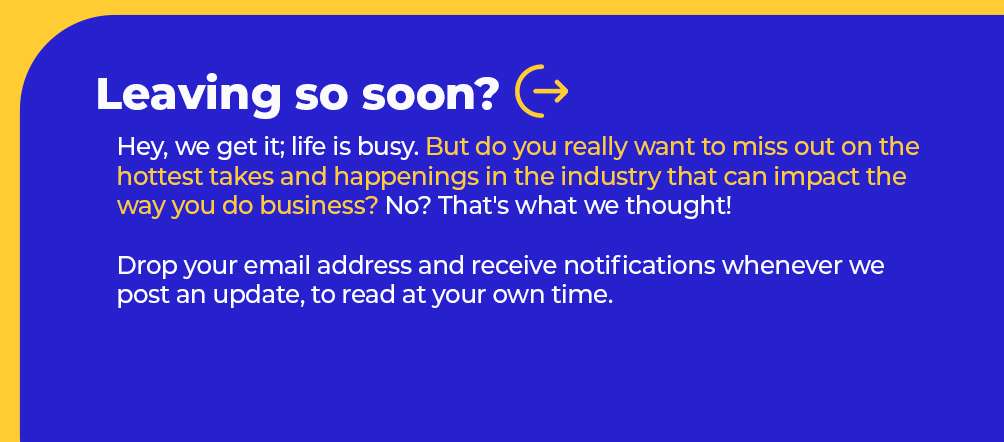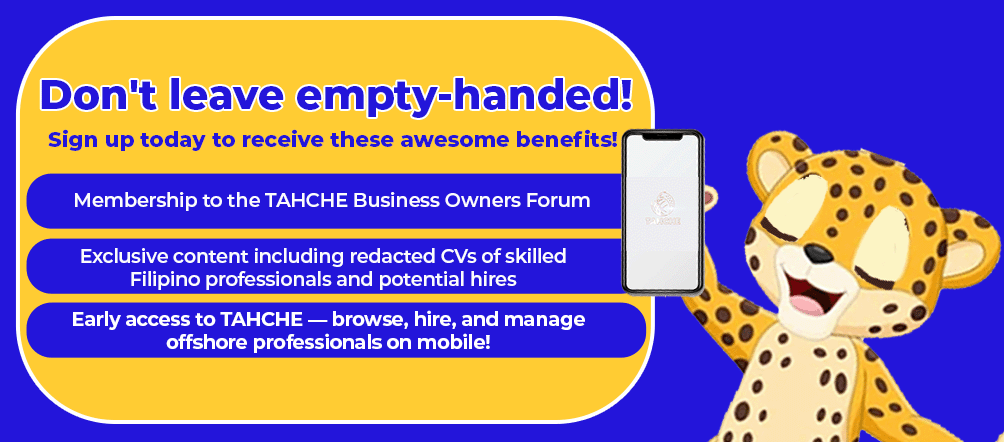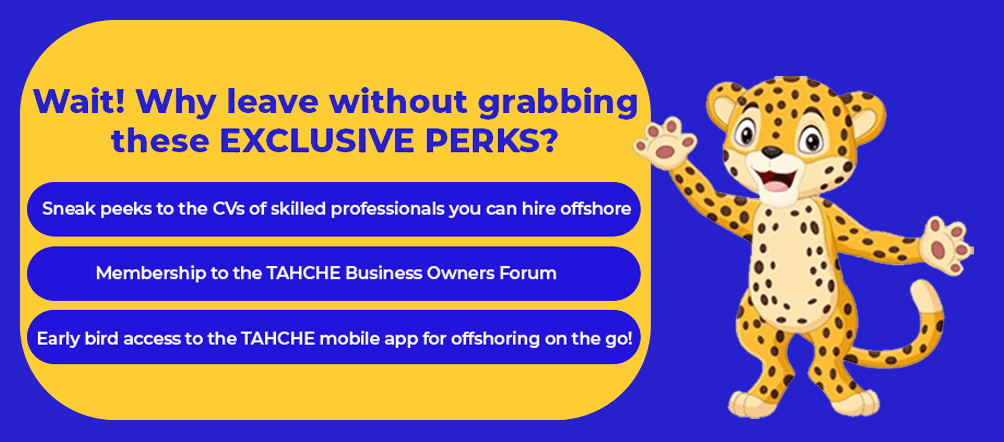Exploring Shifting Work Dynamics in the US and the Philippines
In the wake of global transformations, the world of work has also experienced a metamorphosis. Remote and hybrid work arrangements have rapidly transitioned from temporary solutions to permanent fixtures, altering the way businesses operate and interact.
As we delve into the intricacies of this shift, we explore how company cultures and processes have changed in both the United States and the Philippines.
The High-Stakes Pursuit of Work Flexibility
In a recent survey conducted by McKinsey, a surprising revelation emerged – a significant portion (at 33%) of employees who strongly advocate for working from home earn over $150,000 annually and are predominantly white-collar workers.
This enthusiasm is so fervent that many are willing to sacrifice around 20% of their compensation to secure their preferred work arrangement. This demand has fueled intense talent poaching between companies, prompting a reevaluation of workplace offerings to attract and retain high-value employees.

US Perspective: The competitive nature of the American job market has elevated the importance of offering remote and hybrid options, empowering employees to align their work with personal lifestyles. The corporate landscape in the US is witnessing a scramble to provide the best work experience possible to maintain a competitive edge.
In fact, according to the EY’s Future Workplace Index, which has been cited by the U.S. Chamber of Commerce, 60% of businesses have embraced a hybrid operational approach, while around 20% have opted for a completely remote work setup. Meanwhile, only 20% have chosen to maintain a traditional full-time in-office arrangement.
Philippine Perspective: Conversely, the Philippine work landscape introduces an intriguing nuance. While hybrid and remote work are embraced just like in any other parts of the globe, especially as they serve as an escape to the country’s infamous traffic jams, a percentage of Filipino workers retains a preference for onsite work due to the country’s hot weather. The refuge offered by office air conditioning presents an enticing escape from the harsh climate. Furthermore, the Philippines boasts one of the highest electricity rates in SouthEast Asia, making office spaces equipped with amenities a practical choice for many.
Cultural Fit, Middle Management, and Processes
Across both nations, the value of cultural fit has surged to the forefront of recruitment strategies. Companies are realizing that hiring individuals who align with the organization’s values and mission leads to enhanced team cohesion and productivity.

US Perspective: In the US, as remote work blurs geographical boundaries, emphasis on strong middle management and well-defined processes becomes paramount. The ability to manage remote teams efficiently hinges on solid leadership, clear communication, and streamlined procedures.
Not only that but employees’ relationship with management, especially those with their immediate bosses, have been found to highly affect their work satisfaction, which makes the focus on middle management even more essential.
Philippine Perspective: While similar principles apply in the Philippines, there’s now also a specific focus on character-building and accountability. Cultivating an organizational culture that prioritizes these traits is essential to counteract any sense of entitlement that might otherwise arise.
Maximizing Strengths and Shaping Culture
A pivotal approach to organizational success involves nurturing individual strengths within teams, rather than fixating on weaknesses. This perspective fosters a sense of empowerment and fulfillment among employees.
Not only that but more and more organizations are reshaping their work culture by including weekly preparations on Mondays and decompressions on Fridays to help manage expectations and maximize efforts. All while also giving employees time to process what’s happened at work, thus improving employee well-being.

US Perspective: To improve employee performance, companies are now providing strength-based feedback which tends to build up confidence that results in better productivity.
And while Monday preps may now be a standard for many, and Friday decompressions a more and more common occurrence, companies have also been increasingly implementing rules that limit when meetings can be scheduled. This is to give employees a much needed breather from meeting fatigue and structured thinking – too much of which can be detrimental, especially for creatives.
Shopify, for example, has set Wednesday as a meeting-free day. This is just one of many initiatives they have to limit unnecessary meetings within the organization.
Philippine Perspective: Meanwhile, the Philippines echoes these sentiments, with strength-based feedback intertwined with previously mentioned character-building.
In addition, a number of companies are embracing the concept of no-meeting Fridays and implementing one-score performance management systems that simplify employee evaluation. These initiatives underscore the significance of maintaining a healthy work-life balance and a holistic assessment of employee performance.
The Crucial Role of Flexibility and Onsite Amenities
Flexibility in work choices, complemented by shuttle services and onsite food options, is a recurring theme in the US and the Philippines.

US Perspective: In the US, offering flexibility in work environments has become a hallmark of forward-thinking companies. Shuttle services and onsite food cater to convenience, recognizing the importance of holistic employee experiences.
Philippine Perspective: Similarly, the Philippines extends these benefits, but focusing more on the provision of communal food and promoting in-person interactions, especially among young employees and new hires that are still in the process of relationship building in the office.
Tahche, for instance, provides free snacks, rice, and unlimited coffee in its headquarter’s pantry to encourage employees to maximize their break times and bond with co-workers while sharing food. Eating together is an important aspect of relationship-building in Philippine culture.
Bridging Remote Onboarding Challenges
As remote work becomes ingrained in corporate culture, adapting to remote onboarding processes becomes imperative.

US and Philippine Perspectives: Both countries are now prioritizing the easing of the onboarding journey for remote employees by pairing them with work buddies for guidance, mentorship, and support.
This approach ensures new hires feel connected and acclimated despite the physical distance, and that they are given the proper guidance from someone dedicated to assist them.
__________
While the US and the Philippines are separated by geographical borders, their close political, historical, and cultural ties have also translated to intriguing parallels in the evolution of work practices in both countries. There is now a focus on adapting to remote work environments and putting a bigger emphasis on employee well being.
And Tahche is at the forefront of these changes, adapting to better serve our clients in the US and improve employee experience of offshore workers and professionals in the Philippines.
Sign up with Tahche today for a seamless offshore hiring and management experience.






